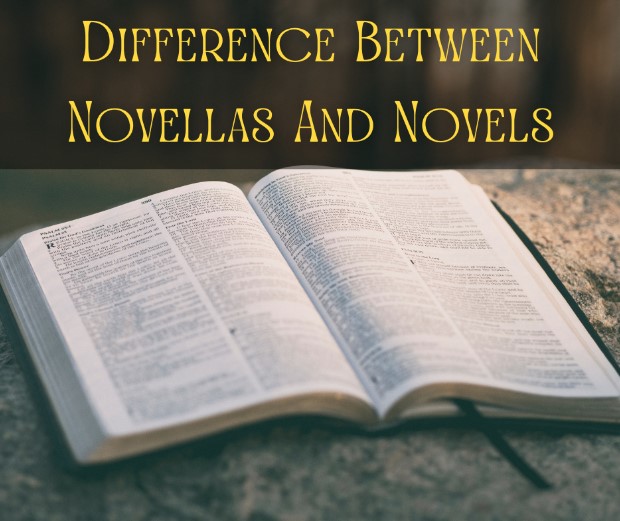Introduction: The Magic of Plot Twists
In the realm of storytelling, plot twists and surprises are like the unexpected flavors in a well-prepared meal. They add depth, intrigue, and excitement to the narrative, keeping readers eagerly turning pages. In this article, we will explore the art of crafting compelling plot twists and surprises that captivate your readers and leave them hungry for more.
The Purpose of Plot Twists
Engagement: Plot twists are the ultimate engagement tool. They interrupt predictable narratives and challenge readers to think, speculate, and question the story’s direction.
Emotional Impact: Well-executed twists can evoke a wide range of emotions, from shock and awe to empathy and sadness. These emotional rollercoasters create a memorable reading experience.
Character Development: Plot twists can reveal hidden facets of characters, adding complexity and depth to their personalities.
Types of plot twists
Character Revelations: Unveiling unexpected traits, secrets, or pasts of characters can drastically alter readers’ perceptions and create powerful twists.
False Assumptions: Play with readers’ assumptions by subverting their expectations. Lead them down one path, only to reveal that the truth lies elsewhere.
Parallel Storylines: Introduce parallel storylines or flashbacks that shed new light on the main narrative. These can reveal crucial information or connections.
Tips for Crafting Effective Plot Twists
Plant seeds early. Foreshadowing is key. Plant subtle clues or hints early in the story to prepare readers for the twist without giving it away.
Misdirection: Skillfully divert readers’ attention away from the impending twist by introducing red herrings or secondary conflicts.
Timing Matters: Consider the timing of your twist. A well-placed twist at a crucial moment, such as a climax, can have a more significant impact.
Reader Expectations and Subversion
Know Your Genre: Different genres have varying expectations for plot twists. In mysteries, the reader anticipates uncovering the truth, while in thrillers, unexpected danger is expected. Subvert these expectations to surprise your audience.
Character Consistency: Ensure that character actions and decisions align with their established personalities, even in the face of a twist. This maintains believability.
Balancing Act: Shock vs. Believability
Balance Tension: While plot twists should be shocking, they should also be believable within the story’s context. Strive for a balance between surprise and narrative cohesion.
Test with Beta Readers: Share your work with beta readers to gauge their reactions to the twist. Their feedback can help you refine its execution.
Resolution and Consequences
Explore Consequences: After the twist, delve into the consequences for the characters and the plot. This provides closure and maintains reader engagement.
Leave questions unanswered: Not all questions need to be resolved immediately. Leaving a few mysteries lingering can keep readers invested in future installments or sequels.
Conclusion: The Art of Literary Alchemy
Plot twists and surprises are the alchemy of storytelling, turning words into emotions and page-turners. When crafted with care, they elevate a narrative from ordinary to extraordinary. As a writer, your ability to balance expectation and subversion while delivering emotionally resonant twists will determine your readers’ enchantment with your tale. So, embrace the magic of plot twists and let your stories mesmerize, captivate, and surprise.



